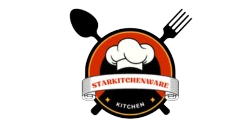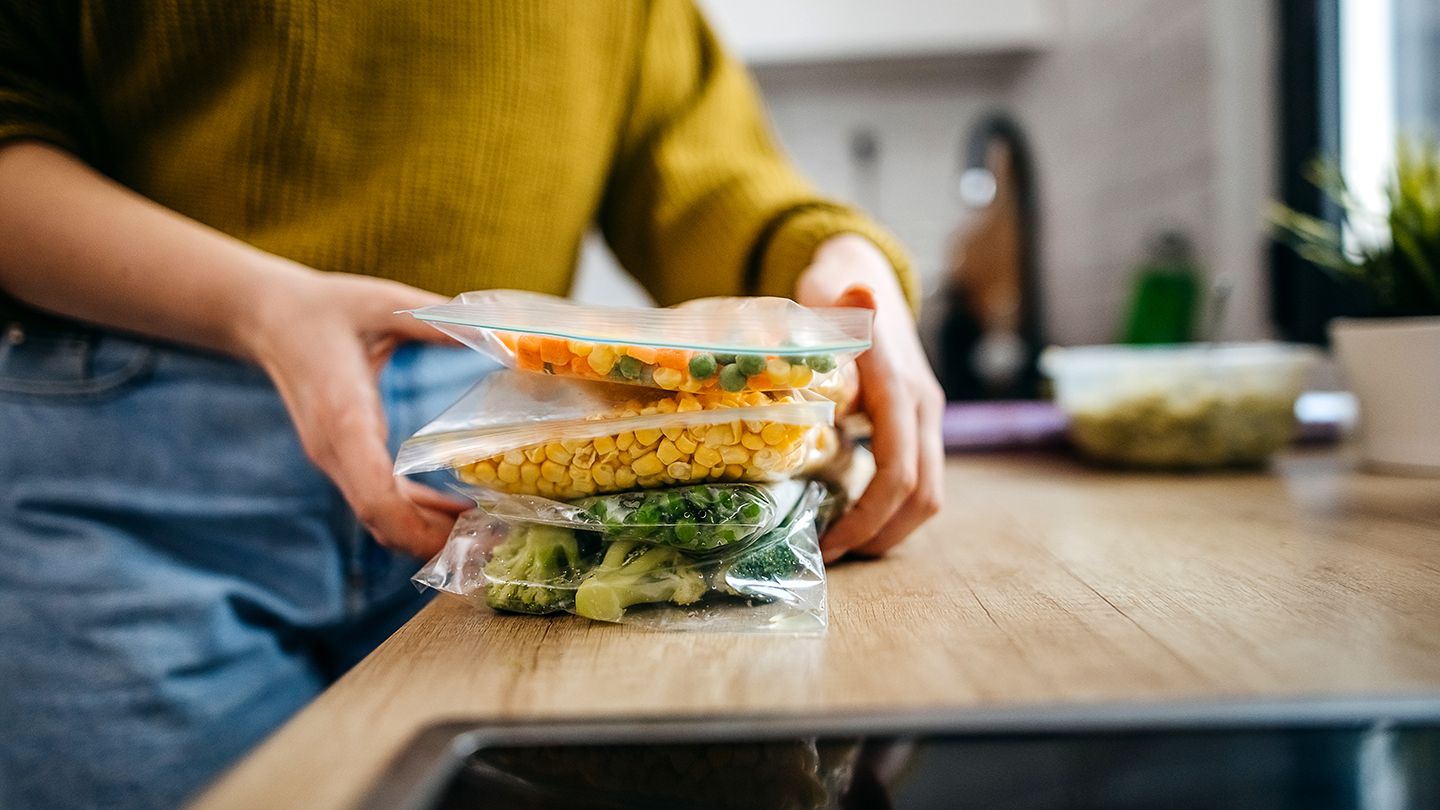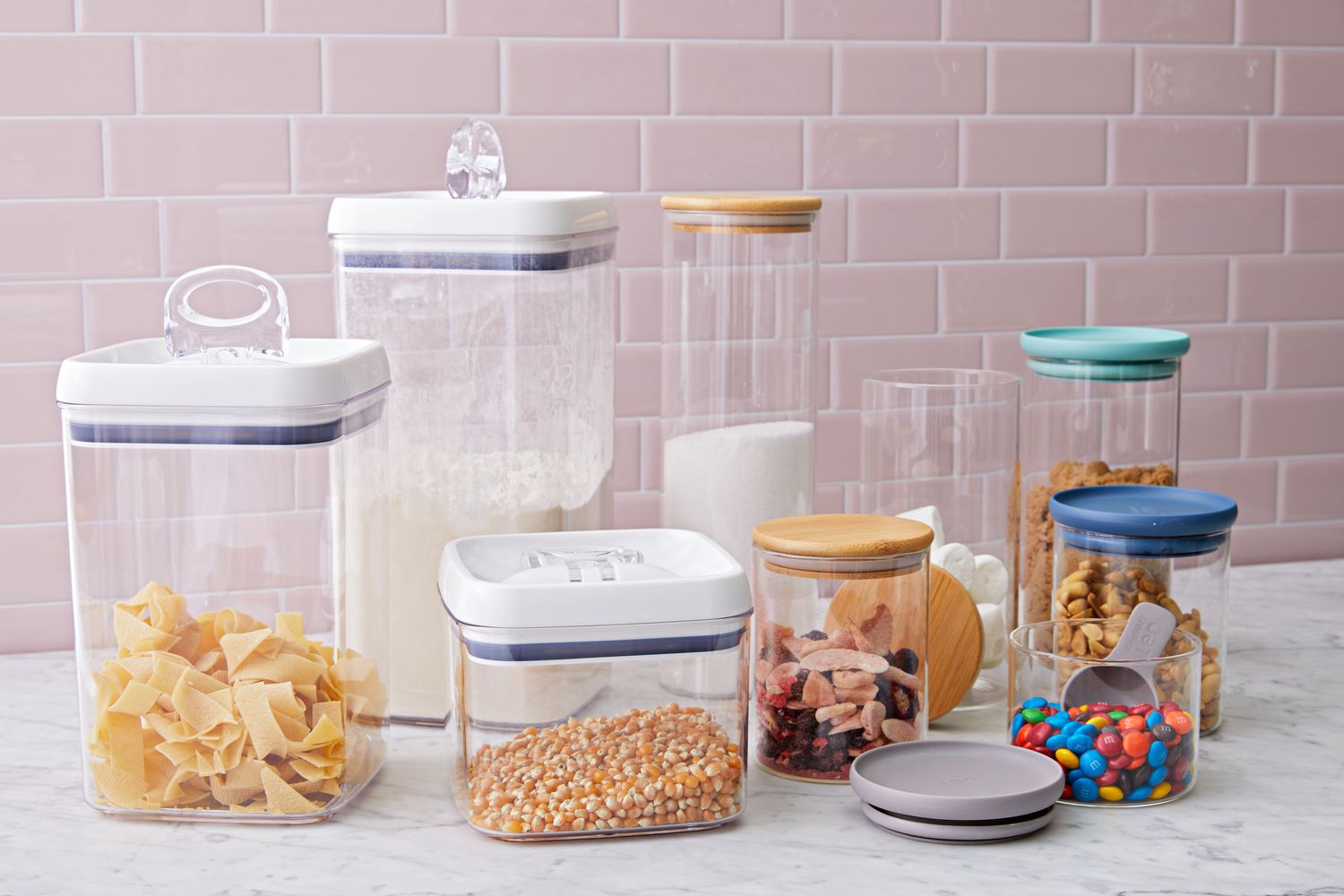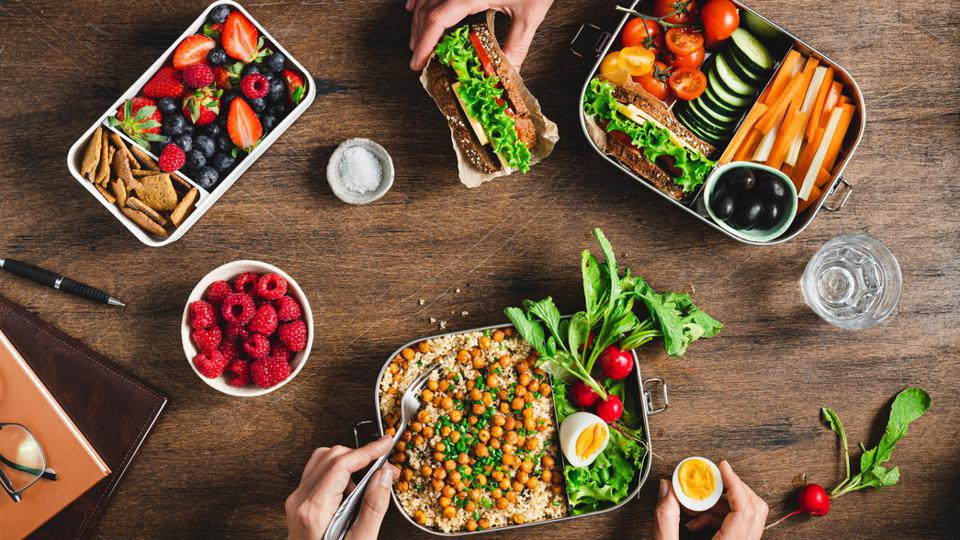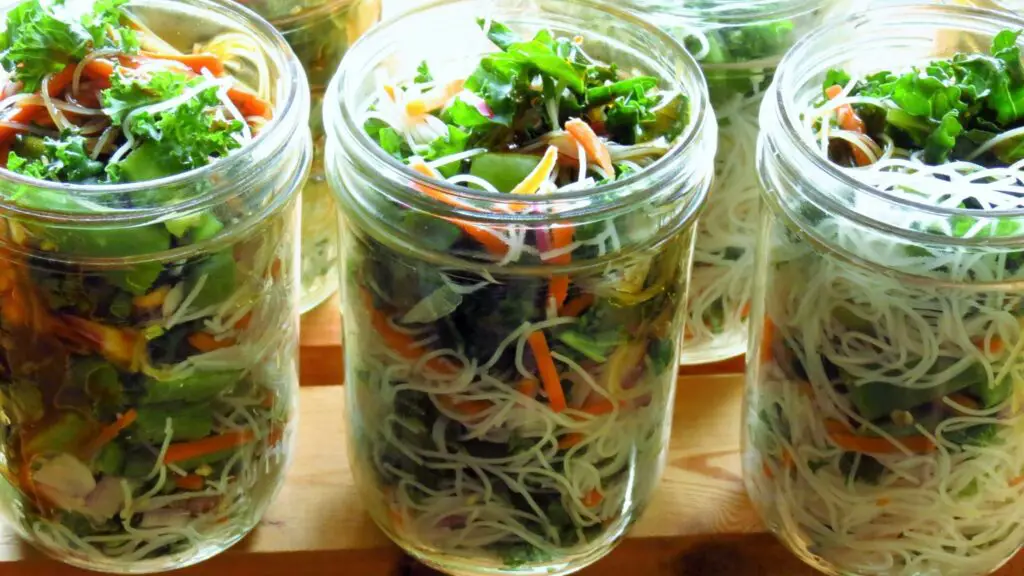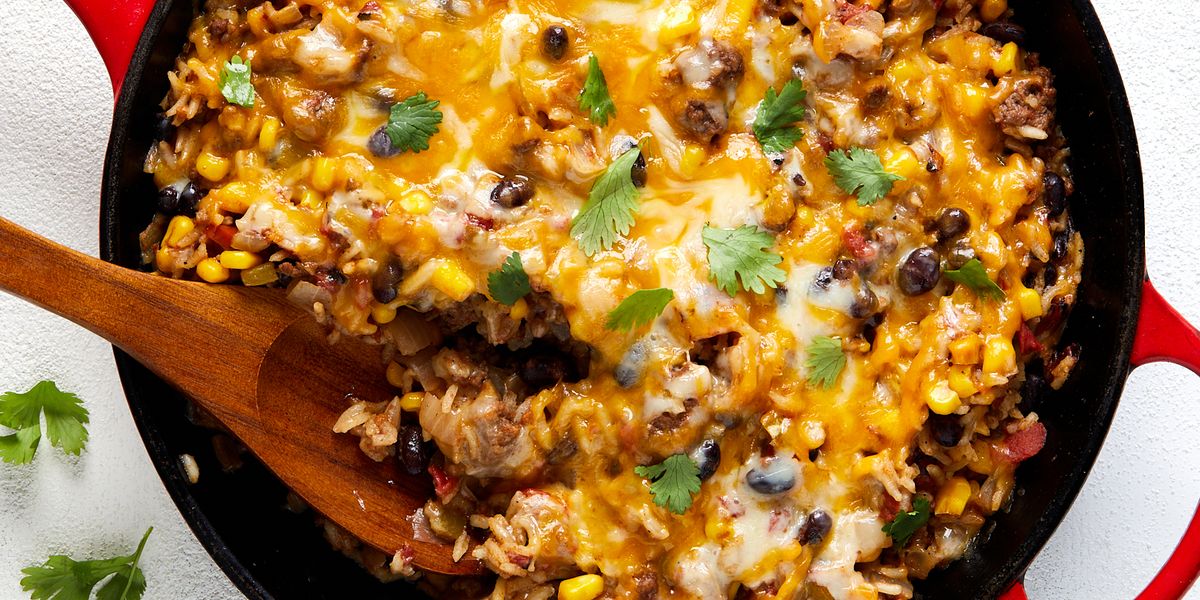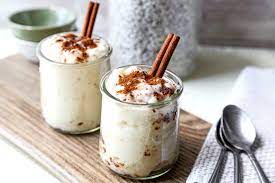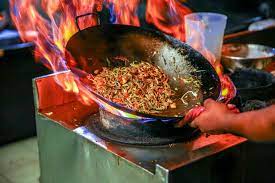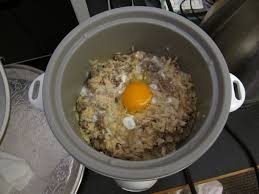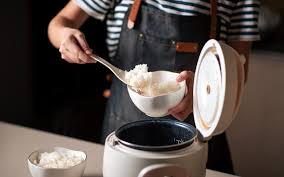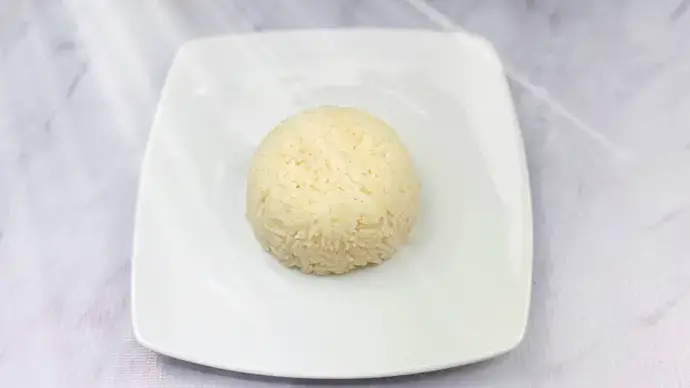Are you looking to incorporate more plant-based meals into your diet but feel overwhelmed by the thought of meal-prepping? Look no further! Our ultimate guide to easy and affordable vegan meal prep has got you covered.
Whether you’re a seasoned pro or new to meat-free eating, we’ve compiled tips, tricks, and recipes to make meal planning a breeze. Say goodbye to boring salads and bland tofu dishes and hello to delicious, nutritious meals that will leave you feeling satisfied all week long. So grab your cutting board, and let’s get cooking!
What is Vegan Meal Prep?
Vegan meal prep is the process of preparing vegan-friendly meals in advance. This can be done by cooking large batches of food at once or prepping individual ingredients to make meal assembly quicker and easier.
There are many benefits to vegan meal prep, including saving time and money, reducing food waste, and making it easier to stick to a vegan diet. Meal prepping can also help you eat healthier overall, as you can control what goes into your meals and better portion them out.
If you’re new to vegan meal prep or just looking for some easy and affordable recipes to get started with, check out our ultimate guide below. We’ve got everything from quick and easy one-pot meals to make-ahead breakfasts and lunches, plus tips on batch cooking like a pro.
Benefits of Vegan Meal Prep
If you’re looking for an easy and affordable way to meal prep vegan meals, look no further than vegan meal prep! Vegan meal prep is a great way to save time and money on your weekly grocery bill, and it’s also a healthy and delicious way to eat. Here are some of the top benefits of vegan meal prep:
1. Save time and money: Meal prepping vegan meals can save you a lot of time and money in the kitchen. Instead of spending hours cooking each day, you can batch-cook several meals and store them in the fridge or freezer for quick and easy later. This means less time spent cooking and more time saved overall.
2. Eat healthily: Vegan meal prep is a great way to ensure you eat whole foods daily. Prepping your meals lets you control what goes into them and ensure they’re packed with nutrients.
3. Reduce food waste: Another benefit of vegan meal prep is that it can help reduce food waste. When you cook in bulk, you can portion out your meals beforehand to only make what you need. This helps reduce leftovers and wasted food, which is good for your wallet and the environment.
4. Customize your meals: One of the best things about vegan meal prep is that you can customize your meals to fit your taste buds and dietary needs. Want to avoid a certain ingredient? Swap it out for something you do like! Meal prepping also allows you to experiment with different flavours and recipes to find the perfect vegan meal.
Tips for Making Vegan Meal Prep Affordable and Accessible
Here are a few key things to remember when making vegan meal prep affordable and accessible:
- Try to cook in bulk whenever possible. This will help reduce the overall cost of your meals.
- Utilize leftovers as much as possible.
- Take advantage of seasonal produce. Seasonal produce is typically cheaper than out-of-season produce.
- Buy from local farmers’ markets or Community Supported Agriculture (CSA) programs whenever possible.
- Try to stick to whole foods as much as possible.
Refined and processed foods tend to be more expensive than whole foods. By following these tips, you can save money on your vegan meal prep without sacrificing taste or nutrition.
Cooking and Meal Planning Strategies
Whether you’re new to veganism or have been plant-based for years, meal prep is a great way to save time and money while ensuring you always have healthy, delicious food.
There are endless ways to approach vegan meal prep, but we’ve added some tips and tricks to make it easier. From simple batch cooking to make-ahead freezer meals, there’s a method that will work for everyone.
One of the most important things to remember when meal prepping is to keep your meals varied. Just because you’re eating the same thing for lunch every day doesn’t mean it has to be boring! Mixing up your ingredients and trying new recipes will make you stay excited about your meals and less likely to fall off the vegan wagon.
Here are some of our favourite vegan cooking and meal-planning strategies:
Batch cooking: This is the simplest form of meal prep and involves cooking a large batch of one or two recipes at the beginning of the week. You can then portion your food into single servings and either eat them throughout the week or freeze them later. This works well for soups, stews, casseroles, grains, and beans.
Meal planning: If batch cooking sounds like too much work, take some time each week to plan out your meals for the following days. This doesn’t have to be complicated – choose a few recipes you want to make and write out a shopping list.
Prep ahead: You can also save time by prepping ingredients. This can include chopping vegetables, cooking grains, and soaking beans. Store them in containers in the fridge or freezer, so they’re ready to go when you need them.
Make-ahead freezer meals: There are tons of delicious recipes that freeze well, like veggie burgers, burritos, lasagna, and enchiladas. Just make a double batch and freeze the extras for another time.
Regardless of your chosen strategy, meal prep is a great way to stay on track with your vegan diet and save time and stress during the week!
Recipes for Tasty and Affordable Meals
Assuming you have some basic kitchen supplies and appliances, here are recipes for tasty and affordable vegan meals. Many of these recipes can be made in advance and frozen for later.
Black Bean Quinoa Burrito Bowls: In a bowl, combine cooked quinoa, black beans, corn, diced tomatoes, avocado, and cilantro. Mix lime juice, olive oil, chilli powder, and garlic powder for the dressing. Season to taste with salt and pepper.
Chickpea Curry: In a pan over medium heat, sauté onion and garlic in oil until softened. Add chickpeas, diced tomatoes, tomato paste, curry powder, turmeric, cumin, and salt. Cook for about 10 minutes or until heated through. Serve over rice or quinoa.
Roasted Cauliflower Soup: Preheat oven to 375 degrees Fahrenheit. Cut cauliflower into florets and toss with olive oil and seasonings of your choice (garlic powder, onion powder, curry powder). Roast in the oven for 25-30 minutes or until tender. Cool slightly, then blend with vegetable broth in a blender or food processor until smooth. Season to taste with salt and pepper. Serve garnished with chopped green onions or cilantro.
Veggie Kebabs:
- Cut vegetables of choice into cubes (bell peppers, mushrooms, onions, zucchini, etc.) and toss with olive oil and seasonings of your choice.
- Thread onto skewers and grill or bake until tender.
- Serve with a side of quinoa or couscous.
Tofu Stir-Fry: In a pan over medium heat, add tofu cubes and sauté in oil until golden brown. Add garlic, ginger, bell peppers, and broccoli florets to the pan. Cook until vegetables are softened, then season with soy sauce, sesame oil, rice vinegar, and chilli sauce. Serve over cooked jasmine rice or noodles.
Alternatives to Traditional Grocery Shopping
If you’re looking for alternatives to traditional grocery shopping, plenty of options are available. You can buy vegan food online, at vegan-friendly stores, or even at some regular supermarkets.
Several meal delivery services cater to vegans, so you can have all your meals delivered right to your door. And if you need more time, some vegan meal prep services will do all the work for you!
Conclusion
Vegan meal prep can be an amazing way to save time and money while eating healthy, delicious meals. With some planning, you can create easy and affordable vegan meals that are sure to please.
We hope this guide has given you some ideas on how to get started with vegan meal prep and tips for creating tasty dishes that your whole family will enjoy. So what are you waiting for? Get cooking!
